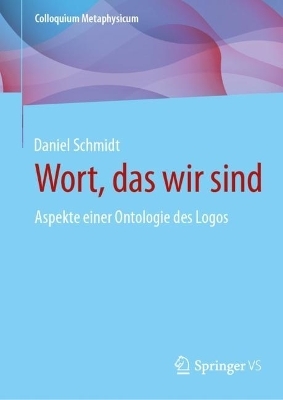
Tense and Aspect in Bantu
Seiten
2008
Oxford University Press (Verlag)
978-0-19-923929-0 (ISBN)
Oxford University Press (Verlag)
978-0-19-923929-0 (ISBN)
Derek Nurse looks at variations in the form and function of tense and aspect in Bantu, a branch of Niger-Congo, the world's largest language phylum. His account is based on data from more than 200 Bantu languages and varieties, a representative sample of which is freely available on the publisher's website.
Derek Nurse looks at variations in the form and function of tense and aspect in Bantu, a branch of Niger-Congo, the world's largest language phylum. Bantu languages are spoken in central, eastern, and southern sub-Saharan Africa south of a line between Nigeria and Somalia. By current estimates there are between 250 and 600 of them, as yet neither adequately classified nor fully described. Professor Nurse's account is based on data from more than 200 Bantu languages and varieties, a representative sample of which is freely available on the publisher's website.
He devotes substantial chapters to the analysis and comparison of the different tense and aspect systems found in Bantu. He also examines the verbal categories with which they interact, including negation and focus. Synchronic and diachronic perspectives are interwoven throughout the book. Following a brief history of Bantu over the last five thousand years, the final two chapters look systematically at the history of tense and aspect in Bantu. The first deals with the reconstruction of the earlier forms from which contemporary structures, morphemes, and categories are derived, and the second with the processes of change, including grammaticalization, by means of which older analytical structures and independent lexical items moved as they became incorporated as grammatical inflections and categories.
Derek Nurse looks at variations in the form and function of tense and aspect in Bantu, a branch of Niger-Congo, the world's largest language phylum. Bantu languages are spoken in central, eastern, and southern sub-Saharan Africa south of a line between Nigeria and Somalia. By current estimates there are between 250 and 600 of them, as yet neither adequately classified nor fully described. Professor Nurse's account is based on data from more than 200 Bantu languages and varieties, a representative sample of which is freely available on the publisher's website.
He devotes substantial chapters to the analysis and comparison of the different tense and aspect systems found in Bantu. He also examines the verbal categories with which they interact, including negation and focus. Synchronic and diachronic perspectives are interwoven throughout the book. Following a brief history of Bantu over the last five thousand years, the final two chapters look systematically at the history of tense and aspect in Bantu. The first deals with the reconstruction of the earlier forms from which contemporary structures, morphemes, and categories are derived, and the second with the processes of change, including grammaticalization, by means of which older analytical structures and independent lexical items moved as they became incorporated as grammatical inflections and categories.
Derek Nurse is a Fellow of the Royal Society of Canada and Emeritus Professor at Memorial University of Newfoundland. His books include, with T. J. Hinnebusch, Swahili and Sabaki: A Linguistic History (University of California Press 1993) and, with Bernd Heine, African Languages (CUP 2000). Future work will extend the current book to the non-Bantu Niger-Congo languages.
1. Introduction ; 2. Verb Structure and Categories in Bantu ; 3. Tense ; 4. Aspect ; 5. Other Categories ; 6. What Can be Assumed for Proto-Bantu? ; 7. Processes of Change ; Appendices ; Acknowledgements
| Erscheint lt. Verlag | 3.7.2008 |
|---|---|
| Zusatzinfo | 7 maps, 11 tables |
| Verlagsort | Oxford |
| Sprache | englisch |
| Maße | 176 x 252 mm |
| Gewicht | 900 g |
| Themenwelt | Geisteswissenschaften ► Philosophie ► Sprachphilosophie |
| Geisteswissenschaften ► Sprach- / Literaturwissenschaft ► Sprachwissenschaft | |
| ISBN-10 | 0-19-923929-0 / 0199239290 |
| ISBN-13 | 978-0-19-923929-0 / 9780199239290 |
| Zustand | Neuware |
| Haben Sie eine Frage zum Produkt? |
Mehr entdecken
aus dem Bereich
aus dem Bereich
Aspekte einer Ontologie des Logos
Buch | Hardcover (2024)
Springer Fachmedien (Verlag)
CHF 167,95
Wie die Menschheit zu ihrer größten Erfindung kam
Buch | Softcover (2022)
C.H.Beck (Verlag)
CHF 25,20
Macht und Legitimität politischer Sprache im Prozess der europäischen …
Buch | Softcover (2023)
Nomos (Verlag)
CHF 103,60


